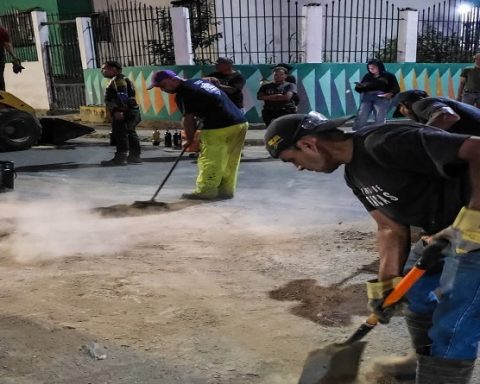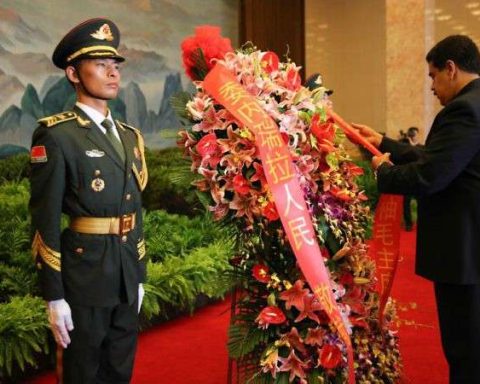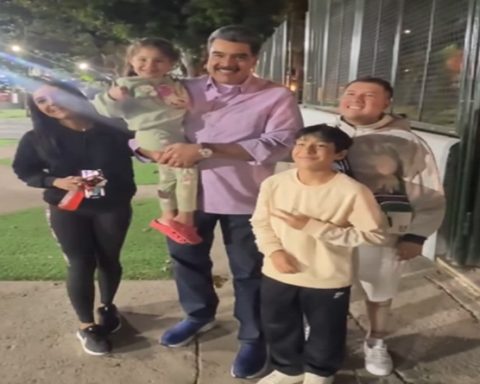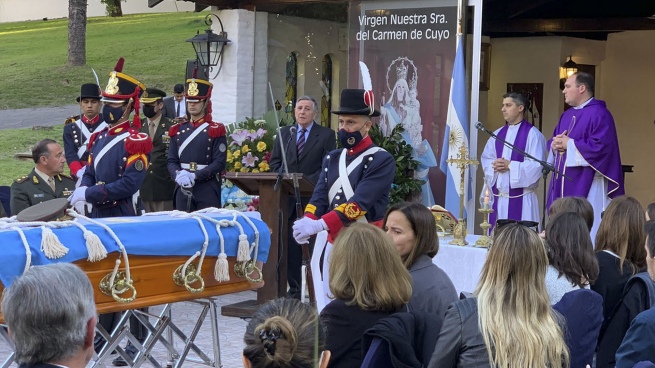“We share an emotional day with girls and boys from our city, from Paseo Los Próceres, careful to rescue traditional games, especially those of this Easter season,” said the head of the Capital District Government on Tuesday. , Nahum Fernandez.
The tradition
The throw or fight of coconuts is a Venezuelan tradition that dates back to the colonial era and especially during Holy Week. Colonial Venezuela was a meeting of traditions. Men from different regions were related in one way or another in those days, thus giving way to new practices that over time became our own traditions.
Indians, whites, blacks and, over time, the new mestizos had their rituals; for example, in their free time the Spaniards went to the cockpits to witness the popular cockfights, forming the great hubbub, everyone shouted excitedly supporting the rooster they had bet on. This tradition was exclusive to whites and was practiced throughout the country.
We share an emotional day with girls and boys from our city, from Paseo Los Próceres, painstaking in rescuing traditional games, especially those of this Easter season.@NicolasMaduro @dcabellor @PartidoPSUV#12Areborn pic.twitter.com/Zur9HRFKZO
– Nahum Fernandez (@Nahumjfernandez) April 12, 2022
On the coasts, where the slaves brought from Africa had settled, activities were also carried out according to their possibilities, since the blacks had many limitations imposed by the colonizers. Thecha, or coconut fight, is a tradition that arises during the harvest of this fruit in the coastal areas, where it is notably abundant; being a fruit with a very hard shell, the blacks had to hit them hard to open them.
Looking for an entertaining way to open so many fruits, the blacks decided to imitate cockfights, but with coconuts, for which two contenders were necessary; blow by blow they alternated: one sustained and the other struck, the winner being whoever managed to break the opponent’s coconut.
Although it seems like a simple practice, you had to know how to choose a resistant coconut, one that could withstand receiving and giving blows. To do this they used a stone with which they gently groped the fruit to find out how strong it was.
The cumbes were filled with emotion at the start of the coconut fights. Men and women gathered with their well-selected fruits, willing to split as many coconuts as their opponents, because when they achieved this feat, the split fruit would be their property.
The gathered public was also participating over time, during the contest they began to bet while shouting some occurrence to give mischief to the moment.
As in any physical practice, the risks were present, whoever held his coconut waiting for his opponent’s blow ran the risk of being hurt, because sometimes they missed where they selected to hit and the impact ended up in one of the fingers.
At the end of the throws, each person took the coconuts that they split, with them they made grated coconut, preserves and oil.
Over the years, this tradition gained a lot of strength and, in the middle of the 20th century, the contests were no longer black; all the settlers met on Lent days to throw coconuts, even the winners received prizes given by the civil chiefs of the sector.
Currently, the cast of coconuts is seen less frequently, however, there are those who keep this tradition alive that takes us back to the days when creativity was stronger than oppression.
TVV/CC/EMPG
Source: Twitter/Caracas City
















